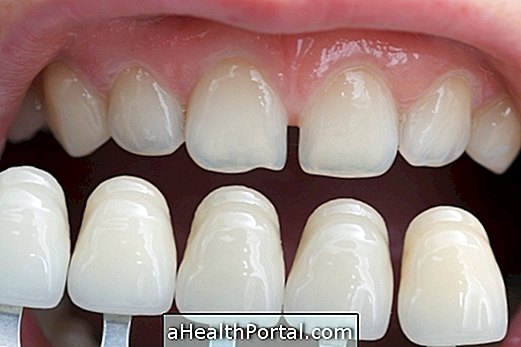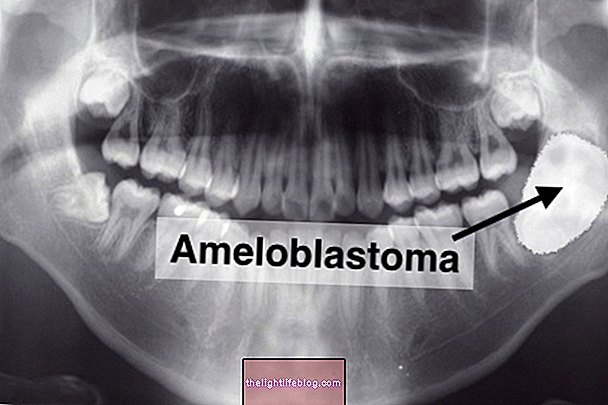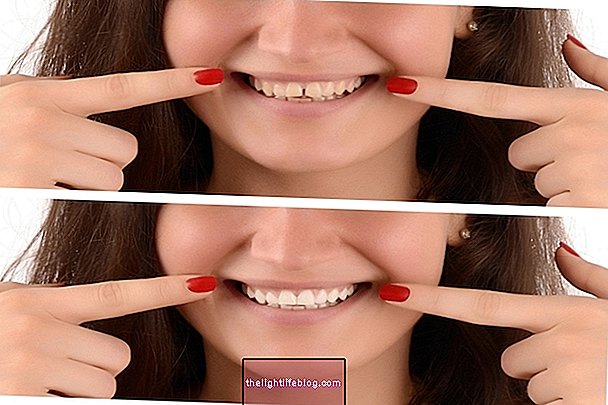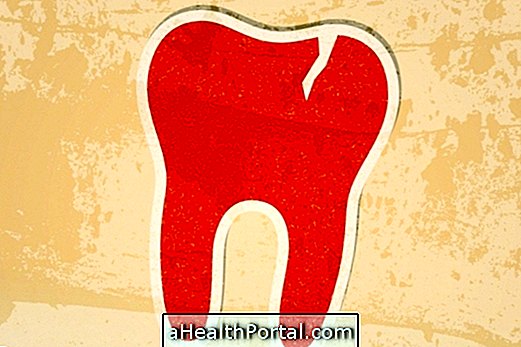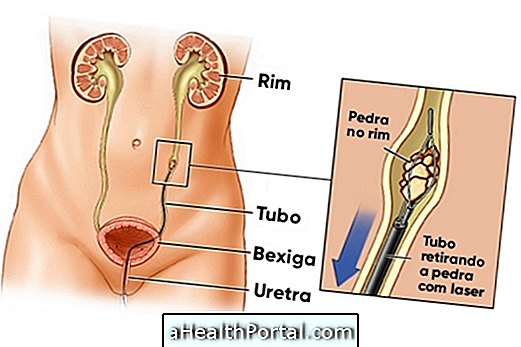What should be done when the milk tooth falls and the permanent tooth is not born even after 3 months of waiting is to take the child to the dentist, especially if the child has symptoms such as toothache, changes in gums and bad breath, for example . The dentist can clarify any doubts, saying what is normal and what should be treated, as needed.
Normally, after the drop of the milk tooth, the permanent tooth takes about 1 month to be born. However, if the milk tooth falls and the permanent tooth does not appear even after 1 year it may be necessary to place a containment to maintain the space required for permanent tooth growth.
Dental implants are not an option because they should not be placed in infancy after a drop or trauma to the milk tooth as they can hamper the development of permanent teeth.
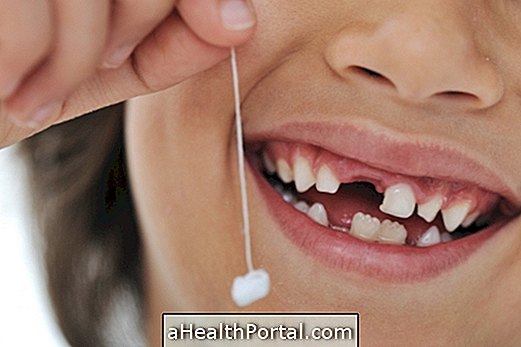
The dentist should observe the age, teething of the child and perform a panoramic x-ray examination to check the entire dental arch and if the unborn tooth is hidden in other places of the mouth. However, this test should only be done on children over 6 years of age.
It is not always necessary to do some treatment when the permanent tooth takes time to come up and most of the time just wait for permanent tooth growth, even if it takes 1 year.
Why is the definitive tooth taking so long to be born?
The delay in the birth of the permanent tooth can occur when the milk tooth has fallen before the ideal period due to a blow or presence of cavities, for example. In this case, the permanent tooth should only appear in the expected time, which can vary between 6 and 12 years, depending on the affected tooth.
Milk teeth usually fall in the following order:

When the child has passed the age of 6 and started to lose milk teeth, but not all permanent teeth are emerging, they should wait up to 3 months to take the child to the dentist for an evaluation, whether present or not.
Anodontia - when there is no permanent tooth
In some children it is possible that the milk tooth falls and not another tooth is born, because it does not have a tooth for replacement, a situation called anodontia. In this case, you need the follow-up of a dentist.
You may suspect anodontia when there are other cases in the family and when the milk tooth has already fallen for more than 2 years and you see no sign of it in the mouth. However, in some cases, the tooth may be located in another region of the mouth and only a panoramic x-ray of the mouth may indicate its location.
Treatment
When the tooth is not born but is present in the gingiva, the dentist can choose to put an orthodontic appliance to draw the teeth, making room for the permanent tooth to be able to position itself and be born.
If there is no spare tooth in the gingiva, the dentist may recommend placing the appliance on the teeth so that the other teeth remain in their ideal position and in the future, when the child is about 17 or 18 years old, a dental implant permanent . However, when the teeth fit well, despite the lack of the other tooth, it may not be necessary to perform any treatment because in this case, it does not affect the chewing or the appearance of the child.
What to do while the tooth is not born
To ensure oral health the child should be taught how to thoroughly wash teeth to avoid cavities and gingivitis. Toothbrushes should be brushed at least 3 times a day, after meals and always before bed. If the child has a good space between the teeth, flossing is not necessary, but if the teeth are too close, the floss should be flushed before the last brushing of the day.
Other important care is to eat foods rich in calcium so that the teeth and bones are strong and avoid eating sweet foods because they favor cavities.
See too:
- When the dental implant is the best option
- What to do when the tooth is broken
- Home remedy for teeth whitening

